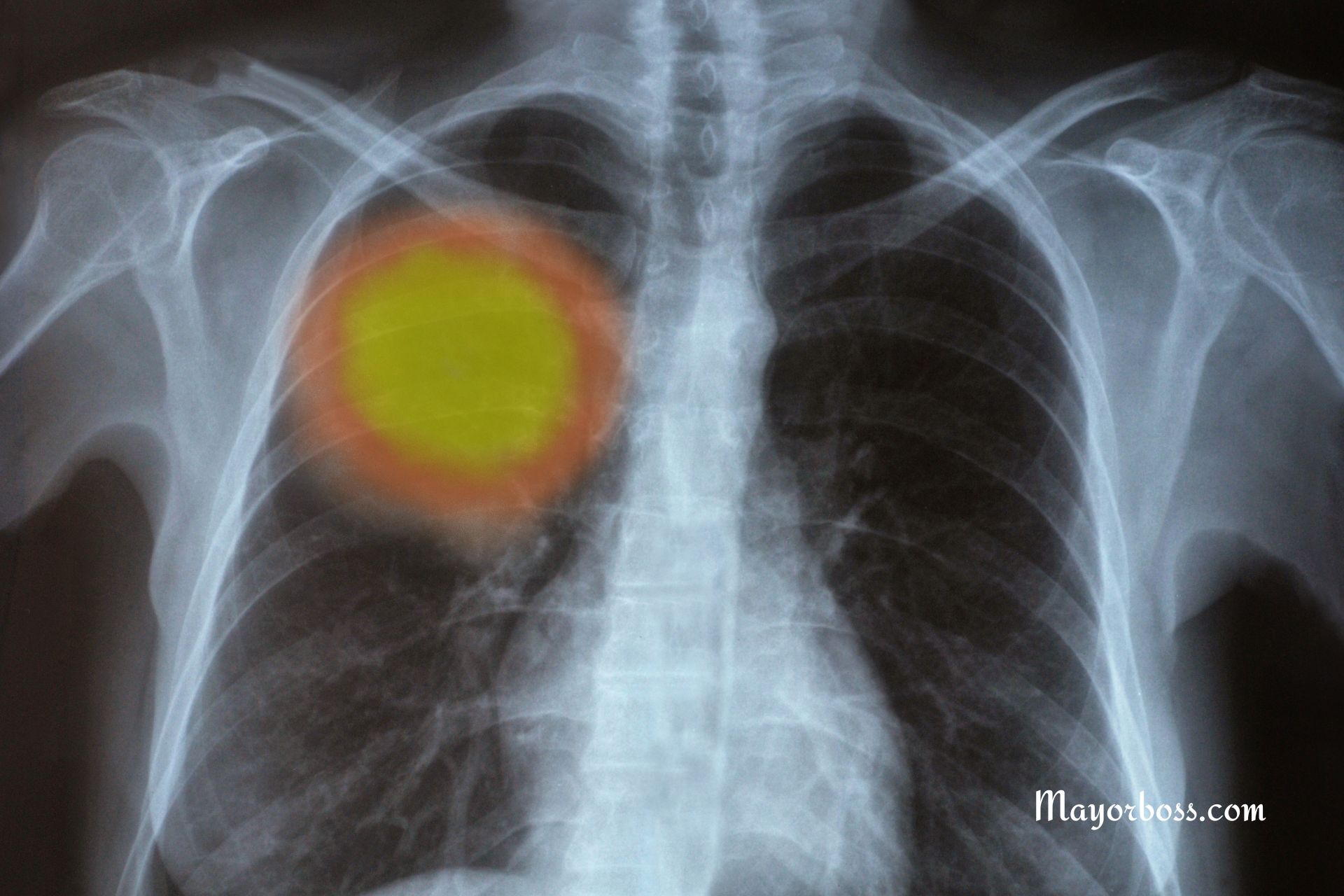Lung Infection Symptoms: 5 Warning Signs That Indicate Your Lungs May Be Infected
Lung infections can happen to anyone. A lung infection happens when germs enter your lungs and cause them to become inflamed. Common lung infections include pneumonia, bronchitis, and tuberculosis. Although these infections come from different germs, they can show many of the same symptoms. Finding these signs early helps doctors treat the problem faster.
Germs can spread when someone who is sick coughs or sneezes. They can also travel from another part of your body into your lungs. People who are older or who have other health problems, such as asthma or heart disease, are more likely to get a lung infection. However, even healthy people can get sick if they are exposed to the right germs. Here are the most common symptoms of lung infection:

A Persistent Cough
A cough that does not go away is one of the most common signs of a lung infection. This cough may be dry, or it may bring up mucus. When you have a lung infection, your body uses coughing to try to clear out the germs and any harmful material. If your cough lasts for several weeks or gets worse, it is a sign that you need to see a doctor.
Sometimes, the mucus you cough up can be yellow or green. This color can mean that your body is fighting a bacterial infection. While a cough can also happen with a cold or allergies, a cough that lasts too long or becomes severe should be checked by a medical professional.
Shortness of Breath
Shortness of breath or having trouble breathing is another sign that your lungs may be infected. This symptom may occur during everyday activities or even when you are resting. When your lungs are infected, they can fill up with mucus and swell, making it hard for oxygen to reach your blood. As a result, you may feel winded even when you are not doing much.
If you find that you are short of breath, along with a cough or fever, it is a good idea to see a doctor. A doctor can look at your symptoms, perform tests like a chest X-ray, and decide if you need treatment. Early treatment can help you breathe easier and stop the infection from getting worse.
Chest Pain
Chest pain, especially when it hurts more when you breathe deeply or cough, is another warning sign of a lung infection. This pain can happen because the tissues around your lungs or the lining of your chest become inflamed. Chest pain can also be a sign of other conditions, but when it comes with other symptoms like a cough or shortness of breath, you should get checked by a doctor.
The pain can vary. It might feel sharp and sudden, or it may be a dull, constant ache. If the pain continues or becomes more intense, make sure to speak with a healthcare provider. They can check your heart and lungs to see what is causing the pain.
Fever and Chills
A fever is when your body temperature is higher than normal, and chills are when you feel very cold even if the room is warm. Both of these signs mean that your body is fighting an infection. With a lung infection, your immune system raises your temperature to help fight off the germs.
Even a low fever should be taken seriously if it lasts more than a day or comes with other symptoms like a cough or shortness of breath. Keeping track of your fever and noting any chills can help your doctor understand how serious the infection is. It is important to see a doctor if your fever does not go away or if it makes you feel very weak.
Fatigue and Weakness
Feeling very tired or weak is another sign of a lung infection. When your lungs work hard to get oxygen into your blood while fighting an infection, your body uses extra energy. This can make you feel exhausted and less active than usual.
This tiredness may seem less serious than other symptoms, but it is a sign that your body is under stress. If you notice that you are unusually tired and this happens along with other symptoms like coughing or a fever, you should contact a doctor. Rest and drinking plenty of fluids can help, but professional care is needed if your fatigue does not improve.
When to Seek Medical Help
If you see one or more of these warning signs, it is important to see a doctor as soon as you can. Early diagnosis and treatment can prevent the infection from getting worse. Your doctor may ask about your symptoms, perform a physical exam, and order tests such as a chest X-ray or blood work. Treatment can include antibiotics for bacterial infections or antiviral medications if a virus is the cause. In some cases, you may need extra oxygen or other support to help you breathe.
How to Prevent Lung Infections
Prevention is the best way to stay healthy. You can lower your risk of getting a lung infection by following a few simple steps:
- Wash your hands often with soap and water.
- Avoid close contact with people who are sick.
- Get the vaccines recommended by your doctor, such as the flu shot and pneumonia vaccine.
- Do not smoke, and avoid places with heavy air pollution.
- Keep your body strong with a balanced diet and regular exercise.






